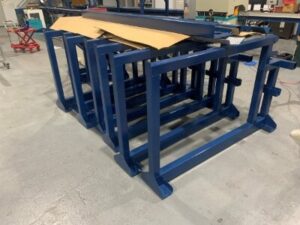
كيفية بناء إطارات ماكينات الصفائح المعدنية الصلبة والمستقرة?
A stable machine frame protects accuracy from day one. When the base does not shift under load, the entire machine operates with smoother motion and
نقوم بانتظام بتحديث المقالات المتعلقة بالصناعة التحويلية.

A stable machine frame protects accuracy from day one. When the base does not shift under load, the entire machine operates with smoother motion and

في العديد من المصانع، تقضي الروبوتات في العديد من المصانع وقتًا أطول في تصحيح الأجزاء غير المتناسقة أكثر من تجميعها. تعمل الأتمتة فقط بقدر أداء الأجزاء التي تتعامل معها. الأجزاء المصممة جيدًا
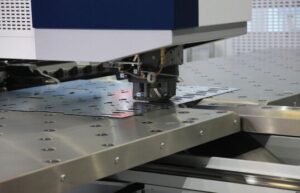
في المجال الطبي، تُعد الدقة أكثر من مجرد هدف إنتاجي - إنها شرط من شروط السلامة. حتى الانحراف بمقدار 0.05 مم في قوس أو
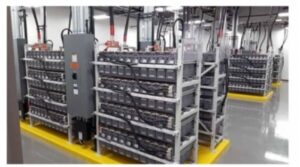
مع تنامي الطاقة المتجددة، أصبحت أنظمة تخزين الطاقة العمود الفقري الهيكلي والأمان للشبكات الحديثة. وتعتمد كل خزانة بطارية أو مبيت عاكس على دقة
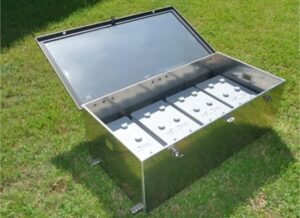
تحمي حاويات البطاريات أنظمة الطاقة من الحرارة والاهتزازات والبيئات القاسية. كما أنها تضمن السلامة الكهربائية والأداء المتسق عبر سنوات من التشغيل. كما أن الصناعات
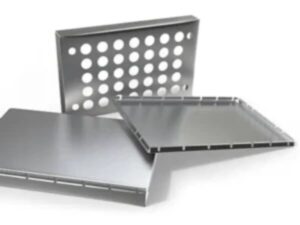
نظرًا لأن الأنظمة الإلكترونية وأنظمة الطاقة أصبحت أصغر حجمًا وأكثر قوة، فقد أصبح التحكم في الحرارة داخل حاويات الصفائح المعدنية تحديًا هندسيًا كبيرًا. حتى لو كانت
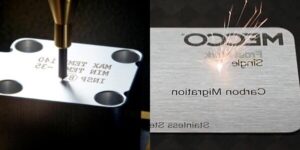
يحتاج كل منتج إلى هوية فريدة - رقم تسلسلي أو رمز شريطي أو شعار يربطه ببيانات التصميم وسجلات الخدمة. في صناعات مثل
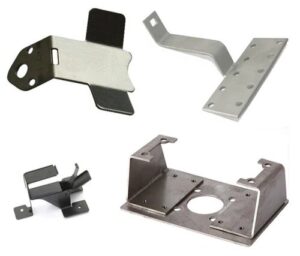
يعتمد تصنيع الصفائح المعدنية الحديثة على طريقتين أساسيتين: القطع بالليزر وختم المعادن. وكلاهما يصنعان أجزاء معدنية دقيقة، ولكنهما يخدمان أهدافًا مختلفة تمامًا في
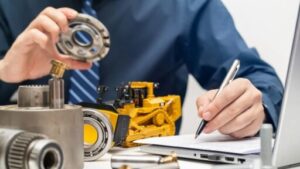
تعمل الأجزاء المشكّلة آليًا بشكل جيد عندما يدعم التصميم ظروف القطع الحقيقية. تبدأ العديد من المشكلات في مرحلة التصميم بمساعدة الحاسوب، قبل وقت طويل من دخول الأداة إلى المادة.
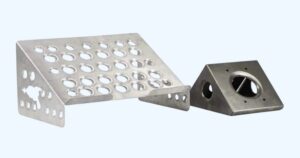
قد يبدو ثقب واحد بسيطًا، إلا أنه في تصنيع الصفائح المعدنية يمكن أن يحدد وتيرة الإنتاج بالكامل. قد يؤدي ثقب واحد في غير محله أو ثقب صغير الحجم إلى تشويه
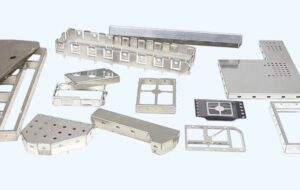
تصدر كل دائرة كهربائية وتستقبل طاقة كهرومغناطيسية. عندما لا يتم التحكم في هذه الإشارات، تتسرب هذه الإشارات من خلال العبوات وتقترن بالمكونات القريبة. هذا هو التداخل الكهرومغناطيسي (EMI) - وعند الترددات الأعلى، يصبح تداخل الترددات الراديوية (RFI).
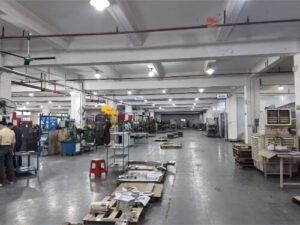
يعرف كل مهندس ومدير مشتريات هذه القصة - الرسومات مثالية، ويبدو عرض الأسعار جيدًا، لكن الأجزاء تصل متأخرة أو غير مطابقة للمواصفات. في
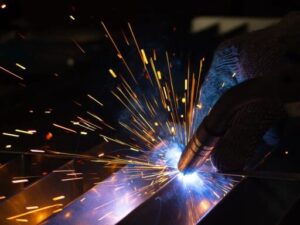
التواصل الواضح هو أحد أكثر الأدوات فعالية في تصنيع الصفائح المعدنية. حتى كلمة واحدة أسيء فهمها يمكن أن تغير الانحناء بمقدار ملليمتر، أو أن تجعل
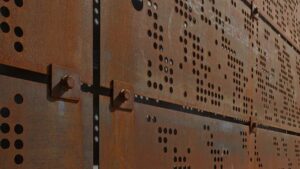
في كل عام، يكلف التآكل الشركات المصنعة المليارات من خسائر الإنتاجية والاستبدال ومطالبات الضمان. بالنسبة لمنتجات الصفائح المعدنية، تبدأ المشكلة صغيرة - بقعة صدأ,

تُعد الفتحات والألسنة الآن واحدة من أكثر الطرق الموثوق بها لجعل أجزاء الصفائح المعدنية تتناسب مع بعضها البعض. هذه الميزات المتشابكة الصغيرة توجه كل قطعة
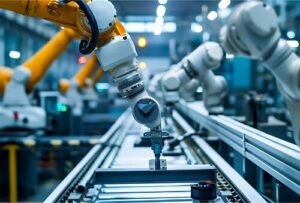
الإنتاج التجسيري هو طريقة تقع بين النماذج الأولية والإنتاج الضخم. ويستخدم المصنع مجموعة من الأدوات المرنة، بما في ذلك القطع بالليزر والتثقيب باستخدام الحاسب الآلي والثني واللحام. لا يستخدم المصنع قوالب الختم أو القوالب التدريجية في هذه المرحلة.
سوف نتصل بك خلال يوم عمل واحد، يرجى الانتباه إلى البريد الإلكتروني الذي يحتوي على اللاحقة “@goodsheetmetal.com”